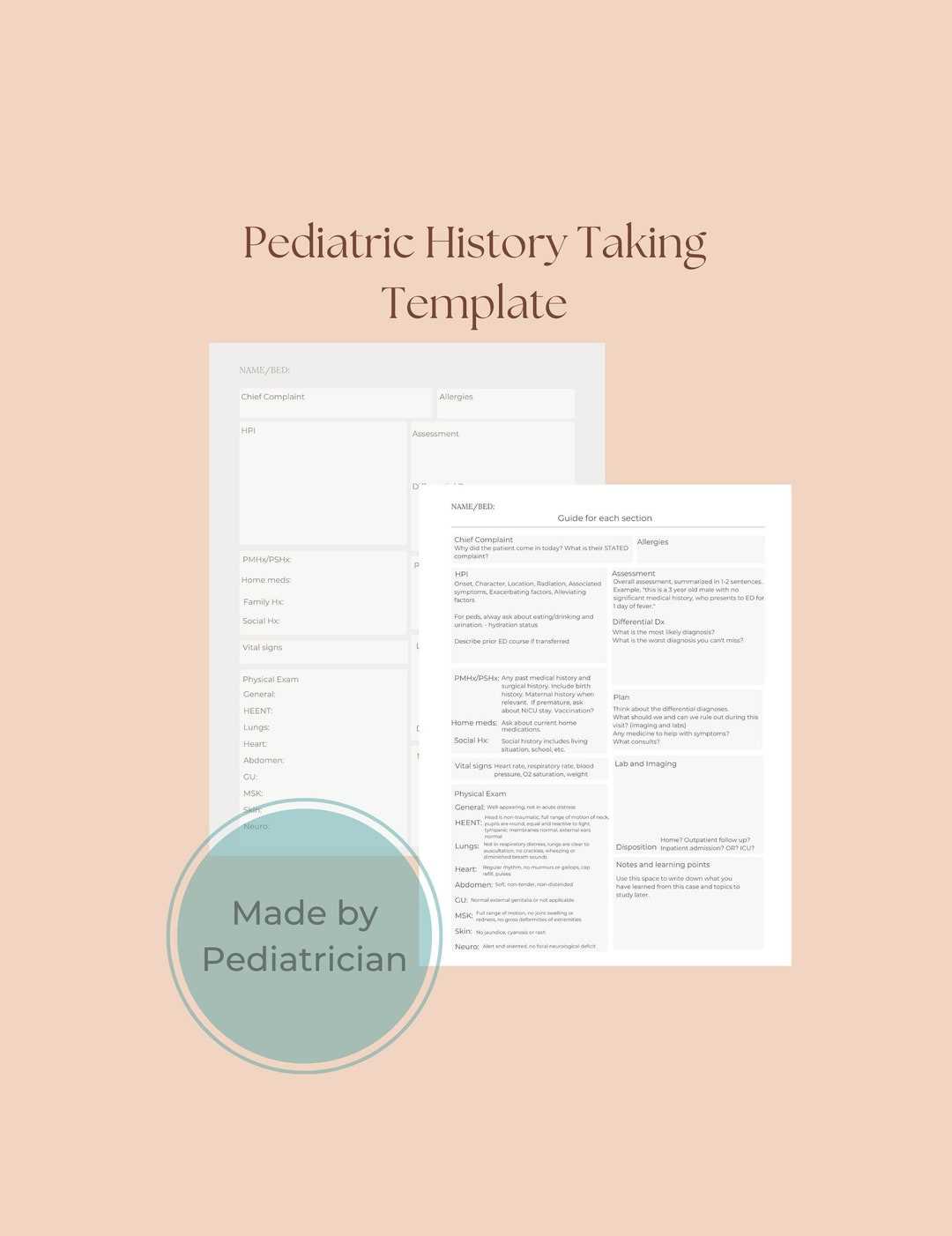
Conducting an in-depth evaluation of a child’s well-being involves a series of important checks that cover various aspects of growth and development. This process helps healthcare providers identify potential concerns and ensure that the child’s body and mind are progressing as expected.
From monitoring physical growth to assessing sensory functions, every step is crucial for building a complete picture of the child’s health. By following a structured approach, healthcare professionals can detect early signs of conditions and provide timely interventions, supporting the child’s overall development.
The following sections highlight the key areas involved in an all-encompassing check-up for children. Each stage serves a specific purpose in assessing different aspects of health, ensuring a thorough and balanced approach to medical care. Attention to detail is essential for obtaining accurate results and offering the best guidance for ongoing care.
Comprehensive Health Assessment for Children
A complete evaluation of a child’s overall well-being involves assessing multiple areas of health. This process includes monitoring growth, checking vital functions, and identifying any potential issues that could affect development. Each phase of the evaluation is designed to ensure that all systems of the body are functioning properly, while also providing an opportunity to catch any concerns early.
Key Areas to Evaluate
- Growth and Development: Measuring height, weight, and tracking developmental milestones.
- Vital Signs: Checking temperature, pulse, respiratory rate, and blood pressure.
- Neurological Function: Observing reflexes, coordination, and sensory responses.
- Cardiovascular and Respiratory Health: Listening to heart sounds, lung function, and blood flow.
- Musculoskeletal Assessment: Examining joint mobility, muscle strength, and posture.
Steps in Conducting the Assessment
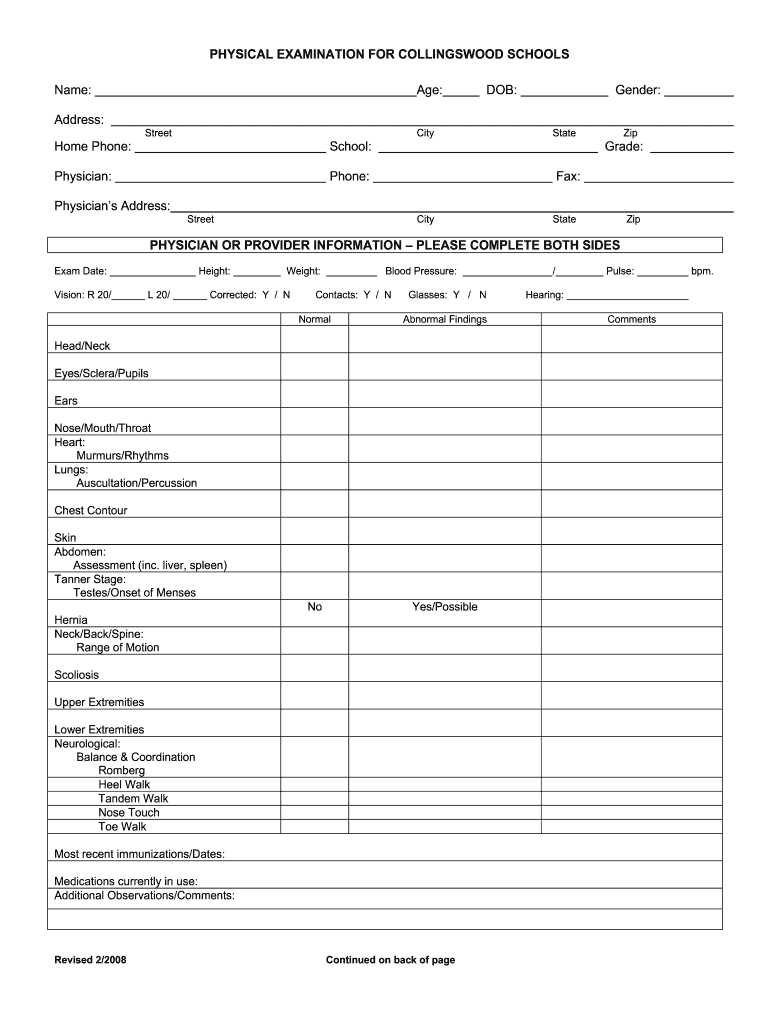
- Begin by recording the child’s basic measurements, including height, weight, and head circumference.
- Next, assess vital signs, such as heart rate, respiratory rate, and temperature to ensure normal ranges.
- Perform a thorough check of the nervous system by testing reflexes, muscle tone, and cognitive responses.
- Conduct a cardiovascular and pulmonary examination, listening for any irregularities in heartbeats or lung sounds.
- Finish with a musculoskeletal evaluation to detect any issues with mobility, joint function, or physical strength.
Key Components of Children’s Health Assessments
Ensuring a child’s well-being involves evaluating several critical areas that contribute to their overall health. Each aspect plays an essential role in identifying any potential concerns early and promoting healthy development. These assessments allow healthcare providers to monitor progress and make informed decisions about care.
Essential Areas to Focus On
- Growth Monitoring: Regular measurement of height, weight, and head circumference to ensure proper physical development.
- Vital Function Assessment: Checking core indicators such as heart rate, blood pressure, respiratory rate, and temperature.
- Sensory Evaluation: Testing vision and hearing to ensure sensory functions are developing as expected.
- Neurological Check: Assessing reflexes, coordination, and overall brain and nerve function.
- Musculoskeletal Health: Reviewing bone and joint health, posture, and muscle strength.
Steps in Conducting a Thorough Evaluation
- Start with measuring the child’s growth, including their weight and height, and tracking progress against developmental milestones.
- Check the child’s vital signs, including heart rate, blood pressure, and respiratory rate, to ensure they are within the normal range.
- Evaluate sensory functions, such as vision and hearing, to identify any potential issues that may require further investigation.
- Conduct a neurological assessment, observing reflex responses and testing coordination and balance.
- End with a musculoskeletal assessment, ensuring that the child has no issues with joint movement, muscle strength, or overall physical function.
Growth and Development in Children
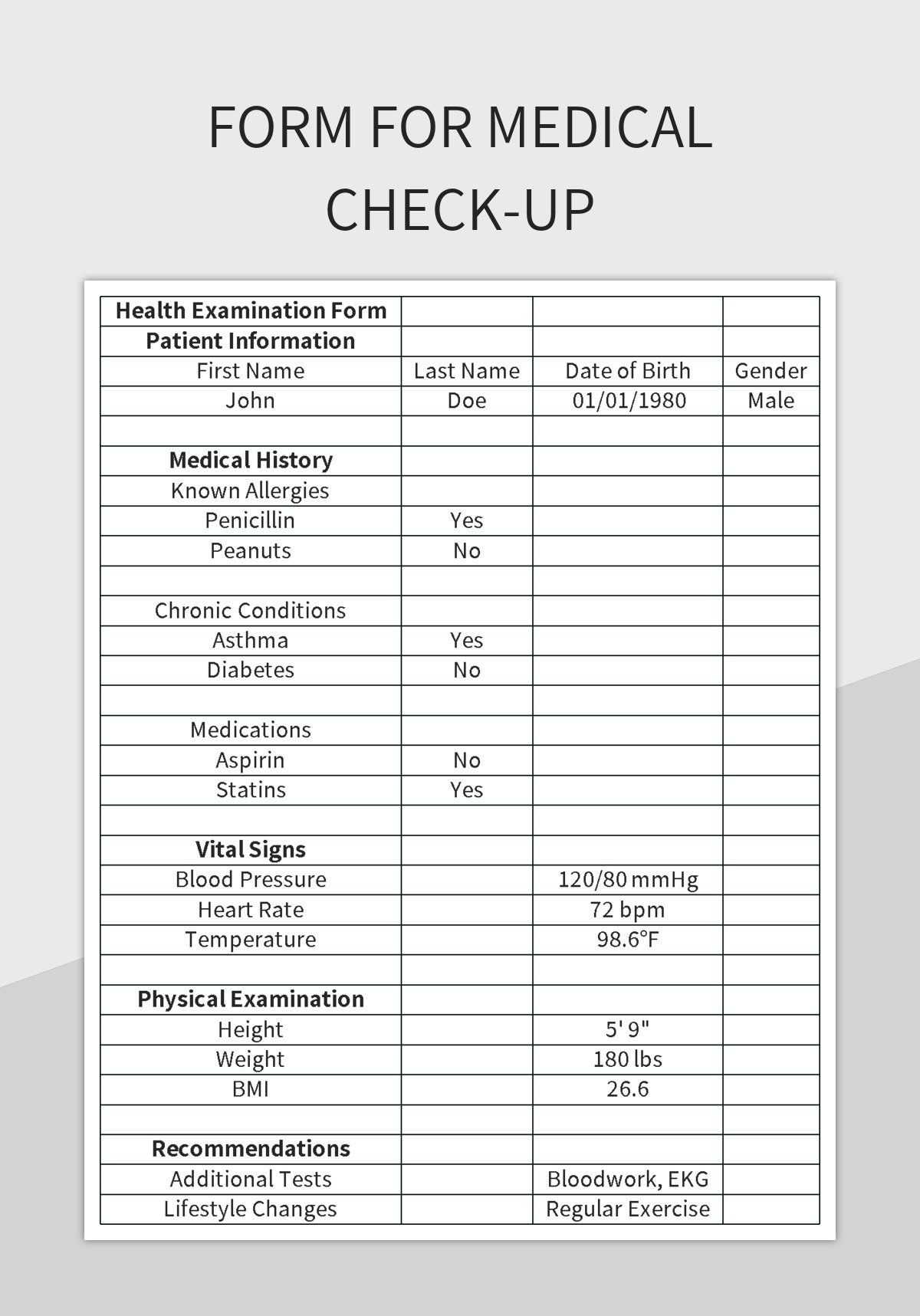
Monitoring a child’s growth and development is crucial to ensure that they are progressing as expected. This process involves tracking physical growth, cognitive milestones, and emotional and social development. By observing changes in these areas, healthcare professionals can detect any potential issues early and provide the necessary guidance and support.
Key Growth Indicators
- Height and Weight: Regular measurements help ensure that the child is growing at a healthy rate and within normal growth percentiles.
- Head Circumference: Tracking head size is essential in the first few years to monitor brain growth.
- Motor Skills: Development of fine and gross motor skills, such as crawling, walking, and handling objects, is a key part of physical growth.
- Cognitive Development: Monitoring language skills, problem-solving abilities, and memory functions as they grow older.
Tracking Milestones
- Social Skills: Children typically develop the ability to interact with others, form relationships, and manage emotions at specific stages of life.
- Behavioral Milestones: These include the development of self-control, following simple instructions, and expressing feelings appropriately.
- Speech and Language: Monitoring the child’s ability to communicate, including vocabulary development, sentence structure, and comprehension skills.
Vital Signs and Measurements Overview
Monitoring essential health indicators is a vital part of assessing a child’s well-being. These indicators provide critical information about how well the body is functioning and whether there are any underlying health concerns. Tracking vital signs and physical measurements ensures that healthcare providers can detect abnormalities early and make informed decisions about care.
Key Vital Signs to Monitor
- Heart Rate: The number of heartbeats per minute, which helps assess the heart’s efficiency and overall cardiovascular health.
- Respiratory Rate: The number of breaths taken per minute, an important indicator of lung function and oxygenation.
- Temperature: Monitoring body temperature to detect fever or signs of infection.
- Blood Pressure: Ensures that the blood circulates effectively through the body and helps identify any potential risks for cardiovascular issues.
Physical Measurements
- Height: Tracking growth over time to ensure the child is developing appropriately.
- Weight: Regular measurements help assess if the child is gaining weight at a healthy rate.
- Head Circumference: This measurement, particularly in infants, provides important insights into brain development.
- Body Mass Index (BMI): An important tool for assessing body composition and identifying potential concerns related to obesity or malnutrition.
Head and Neck Examination Guidelines
Evaluating the head and neck region is an essential part of any comprehensive health assessment. This area includes critical structures such as the skull, eyes, ears, nose, and throat. A thorough examination helps detect abnormalities, injuries, or infections that may impact a child’s overall well-being. By systematically checking these areas, healthcare providers can identify issues early and recommend appropriate treatments.
Key Areas to Assess
- Skull and Scalp: Inspect for signs of trauma, irregularities in shape, or abnormal growths.
- Eyes: Check for signs of vision issues, eye movement, and pupil response to light.
- Ears: Assess ear structure, hearing ability, and the presence of any infections or blockages.
- Nose: Look for any obstructions, infections, or structural abnormalities in the nasal passages.
- Throat: Examine the mouth, tonsils, and throat for any signs of infection or enlargement.
Steps for a Thorough Evaluation
- Begin by palpating the skull and scalp for any lumps, tenderness, or unusual features.
- Inspect the eyes for symmetry, pupil reaction to light, and signs of irritation or infection.
- Check the ears for proper alignment and inspect the ear canal for signs of infection or wax buildup.
- Examine the nose for any congestion, nasal discharge, or deformities.
- Inspect the throat, looking for redness, swelling, or visible signs of infection such as enlarged tonsils.
Heart and Lung Health Check
Assessing the heart and lungs is crucial for understanding a child’s cardiovascular and respiratory health. These vital organs work together to deliver oxygen to the body and remove waste products. By carefully evaluating heart sounds and lung function, healthcare providers can detect early signs of respiratory or circulatory issues that could impact overall well-being.
Key Areas to Evaluate
- Heart Sounds: Listening for normal heartbeats, murmurs, or irregular rhythms that may indicate underlying conditions.
- Pulse Rate: Measuring the rate and regularity of the pulse to ensure healthy circulation.
- Lung Sounds: Listening for clear breathing and checking for any wheezing, crackling, or other abnormal sounds.
- Respiratory Rate: Monitoring the rate of breathing to ensure the lungs are functioning efficiently.
Steps for Thorough Evaluation
- Start by using a stethoscope to listen to the heart, checking for the presence of any abnormal sounds or irregular rhythms.
- Measure the pulse rate to ensure it falls within the expected range for the child’s age.
- Next, auscultate the lungs, listening for any signs of wheezing, crackling, or abnormal breath sounds that could suggest respiratory distress.
- Monitor the respiratory rate, counting the number of breaths per minute and ensuring they are within normal limits.
Abdominal Examination in Children
Assessing the abdomen is a key part of understanding a child’s internal health. The abdomen contains vital organs such as the stomach, liver, intestines, and spleen, which are integral to digestion and overall bodily function. A thorough examination can help identify any issues like tenderness, swelling, or irregularities in organ function that may need further investigation.
Areas to Evaluate
- Abdominal Palpation: Checking for tenderness, swelling, or masses in different quadrants of the abdomen.
- Bowel Sounds: Listening for normal or abnormal sounds that can indicate issues with digestion or potential blockages.
- Visceral Sensitivity: Assessing any pain or discomfort when touching specific areas of the abdomen that might suggest inflammation or infection.
- Skin and Surface Examination: Observing for any signs of bruising, rashes, or distension that might indicate underlying conditions.
Steps in Abdominal Evaluation
| Step | Description |
|---|---|
| Inspection | Look for signs of abdominal distension, scars, or visible abnormalities in the abdominal wall. |
| Palpation | Gently palpate all four quadrants of the abdomen to detect any tenderness, mass, or unusual swelling. |
| Auscultation | Listen for normal bowel sounds or any unusual noises like high-pitched sounds, which might indicate a blockage. |
| Percussion | Lightly tap on the abdomen to check for areas of dullness or tympany, which could suggest abnormal fluid or gas buildup. |
Assessing Musculoskeletal Function in Kids
Evaluating the musculoskeletal system in children is crucial for understanding their overall mobility, strength, and coordination. The ability to move freely, bear weight, and perform physical activities plays a significant role in a child’s development. By systematically assessing joints, muscles, and bones, healthcare providers can detect any abnormalities or conditions that might affect the child’s physical capabilities and growth.
Key Areas to Examine
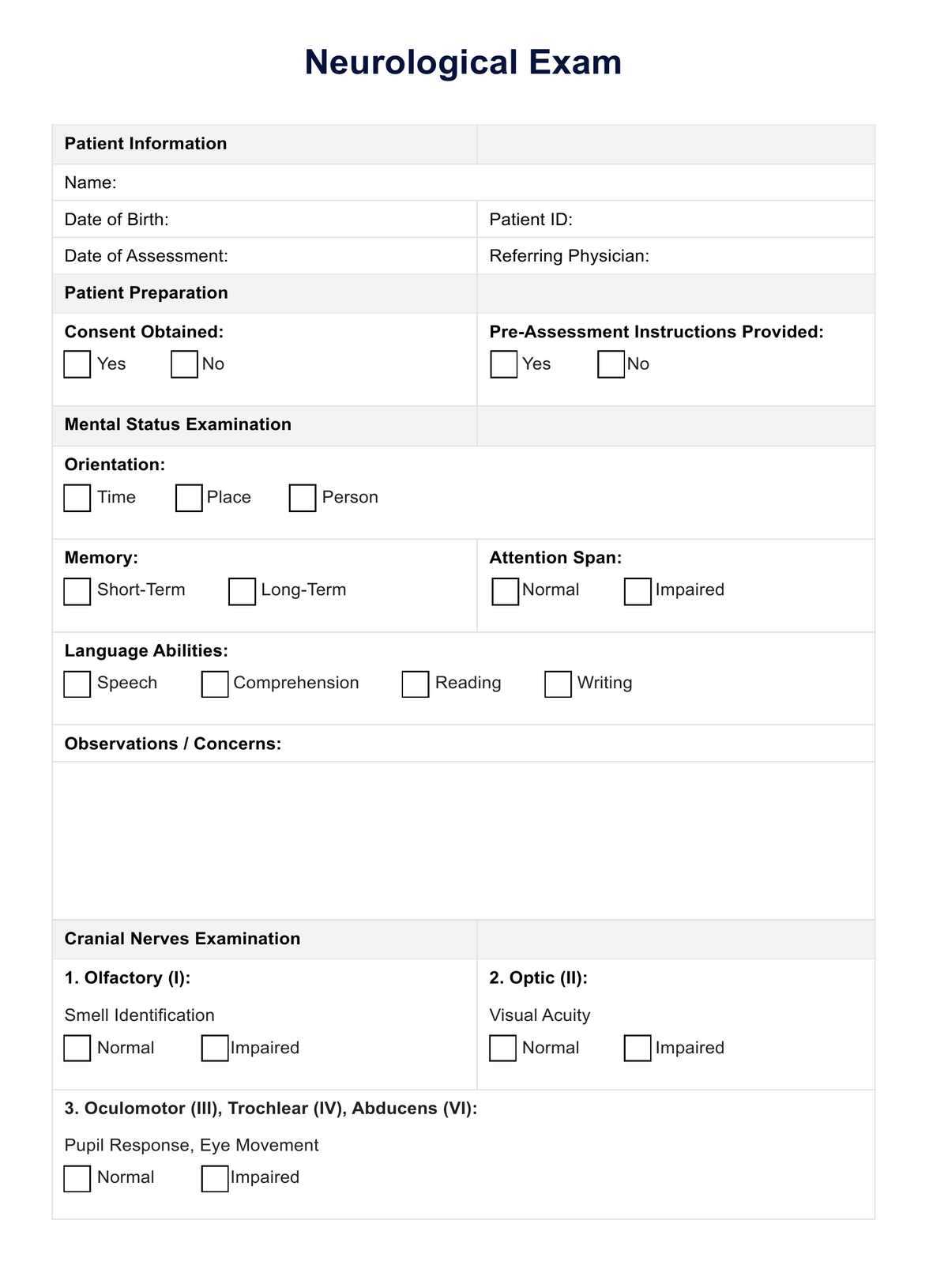
- Joint Movement: Assessing the range of motion in major joints like the shoulders, knees, and hips to check for stiffness or limitations.
- Muscle Strength: Testing the strength of the major muscle groups to ensure that there are no signs of weakness or imbalances.
- Posture and Alignment: Observing the child’s posture to check for any abnormal curvatures in the spine or asymmetry in the limbs.
- Coordination and Balance: Observing the child’s ability to perform tasks that require coordination, such as walking or hopping.
Steps in Musculoskeletal Assessment
| Step | Description |
|---|---|
| Observation | Look for any signs of deformities, swelling, or asymmetry in the limbs and torso. |
| Range of Motion | Gently move the child’s joints to assess their flexibility and check for pain or discomfort. |
| Strength Testing | Ask the child to push or pull against resistance to evaluate muscle strength in different muscle groups. |
| Coordination Tests | Have the child perform basic tasks like walking on tiptoe or balancing on one foot to assess coordination. |
Skin and Hair Evaluation in Children
Assessing the skin and hair is an essential part of understanding a child’s overall health. These areas can reveal valuable information about the child’s immune system, hydration levels, and potential underlying conditions. Skin conditions, such as rashes or lesions, and hair health, including texture and growth patterns, can serve as early indicators of nutritional deficiencies, infections, or genetic disorders.
Areas to Examine
- Skin Integrity: Checking for any rashes, bruises, scars, or infections that may affect the surface layer of the skin.
- Color and Texture: Observing the skin for changes in color, such as pallor, jaundice, or abnormal redness, and checking for unusual dryness or oiliness.
- Hair Growth: Assessing the condition of the scalp and hair for thinning, excessive shedding, or abnormal growth patterns.
- Signs of Infection: Looking for any lesions, pustules, or abnormal patches that may suggest skin infections or fungal issues.
Steps for Skin and Hair Assessment
| Step | Description |
|---|---|
| Inspection | Look closely at the child’s skin for any visible signs of irritation, rashes, or lesions. Examine the scalp for flakes or abnormal growth. |
| Palpation | Gently palpate areas of the skin to check for tenderness, lumps, or areas of warmth that could indicate infection or inflammation. |
| Hair Examination | Inspect the scalp for signs of dandruff, scarring, or excessive hair loss, and observe the hair texture for abnormalities. |
| Hydration and Nutrition | Evaluate the skin for signs of dehydration, such as dryness or tightness, and check the hair’s texture for signs of malnutrition, like brittleness. |
Neurological Assessment in Pediatric Exams
Evaluating the neurological health of a child is a crucial part of understanding their cognitive, sensory, and motor functions. This assessment helps identify any abnormalities or developmental delays that might impact their overall growth and behavior. By observing reflexes, movement, and coordination, healthcare providers can gain valuable insights into the functioning of the brain and nervous system, allowing for early detection of potential concerns.
Key Areas of Neurological Evaluation
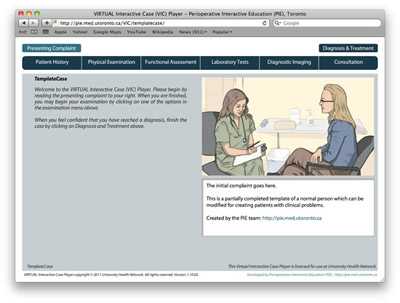
- Motor Skills: Assessing the child’s ability to perform tasks like walking, grasping objects, or maintaining balance to evaluate muscle control and coordination.
- Sensory Perception: Testing the child’s ability to respond to stimuli such as light, sound, and touch, which helps evaluate sensory function and brain response.
- Reflex Testing: Observing innate reflexes such as the Moro or rooting reflex in infants, as well as voluntary reflexes like knee-jerk reactions in older children.
- Cognitive Function: Evaluating the child’s level of awareness, communication, and memory to understand their intellectual development.
Steps in Neurological Assessment
| Step | Description |
|---|---|
| Observation | Watch for any signs of unusual movement, tics, or lack of coordination that could suggest neurological issues. |
| Reflex Testing | Test various reflexes, such as the Moro reflex in infants or the patellar reflex in older children, to gauge nervous system function. |
| Motor Skill Assessment | Ask the child to perform tasks that require motor control, such as walking on their toes, hopping, or gripping objects. |
| Sensory Evaluation | Gently test the child’s response to touch, light, or sound to assess sensory processing and nerve function. |
Vision and Hearing Tests for Children
Evaluating a child’s vision and hearing is an essential component of their overall health assessment. These sensory tests help identify potential impairments or developmental delays that may interfere with communication, learning, and daily activities. Early detection of issues related to sight or hearing can significantly improve outcomes by providing timely interventions, ensuring that any challenges are addressed before they affect the child’s growth and development.
Vision Screening Methods
- Visual Acuity: This test checks how well the child can see objects at a specific distance. It often involves reading letters or symbols from an eye chart.
- Binocular Vision: Evaluating the coordination of both eyes working together. Tests like the cover-uncover test help detect strabismus (crossed eyes) or other alignment issues.
- Color Vision: This assessment ensures the child can distinguish between different colors, which is important for learning and daily tasks.
- Eye Health: A basic eye examination includes inspecting the eye structure for abnormalities such as cataracts or signs of refractive errors like nearsightedness or farsightedness.
Hearing Screening Approaches
- Otoacoustic Emissions (OAE): This test measures the response of the inner ear to sound. It is commonly used in newborn hearing screenings to detect early hearing loss.
- Auditory Brainstem Response (ABR): A more advanced test used to assess the hearing nerve and brain’s response to sounds. It is used for infants and children who are unable to respond to traditional hearing tests.
- Pure Tone Audiometry: A method in which the child listens to different sounds at various pitches and volumes. It helps determine the quietest sound they can hear at each frequency.
- Speech Reception Threshold: This test measures the softest speech sound a child can recognize. It’s useful in determining hearing thresholds and speech comprehension.
Checking Reflexes and Motor Skills
Assessing a child’s reflexes and motor abilities is a critical step in understanding their neurological development. Reflexes are automatic responses to stimuli that indicate the function of the nervous system, while motor skills show how well the child controls their muscles and movements. A thorough examination of these areas helps identify any abnormalities or delays that may require further attention or intervention.
Reflex Testing
- Moro Reflex: This is a startle reflex observed in infants when they feel a sudden loss of support, causing them to throw their arms outward and then retract them.
- Babinski Reflex: When the sole of the foot is stroked, the big toe moves upward, and the other toes fan out. This reflex is normal in infants but should disappear by around 2 years of age.
- Knee Jerk Reflex: This test checks the response of the quadriceps muscle by tapping the knee with a reflex hammer. A quick kick of the leg indicates proper neurological function.
- Plantar Reflex: This involves gently stimulating the bottom of the foot to see if the toes curl downward, a sign of healthy motor function in children over 2 years old.
Motor Skills Evaluation
- Gross Motor Skills: These involve large muscle groups and include activities such as walking, jumping, or running. Observing a child’s ability to perform these tasks can highlight their coordination and strength.
- Fine Motor Skills: These involve smaller, more precise movements such as picking up small objects, drawing, or using utensils. Evaluating these tasks helps assess hand-eye coordination and dexterity.
- Balance and Coordination: Simple tests like standing on one leg or walking in a straight line assess the child’s balance and ability to control their movements.
- Muscle Tone: Checking for normal muscle tone involves gently moving the child’s limbs to assess their muscle resistance. Too much or too little resistance can indicate a problem with muscle control.
Behavioral and Cognitive Assessments
Evaluating a child’s behavior and cognitive abilities plays a crucial role in understanding their overall development. These assessments provide insights into how a child processes information, interacts with others, and adapts to various environments. By closely observing and measuring cognitive skills such as memory, attention, and problem-solving, as well as behavioral patterns, caregivers and healthcare professionals can identify potential challenges or developmental concerns early on. Early detection allows for targeted interventions, promoting healthier growth and learning outcomes.
Cognitive Function Evaluation
- Attention and Focus: Assessing a child’s ability to maintain attention during tasks or conversations helps identify any issues related to concentration or distractibility.
- Memory: Tests that evaluate short-term and long-term memory provide valuable information about a child’s ability to retain and recall information.
- Problem-Solving: Observing how a child approaches challenges, uses reasoning, and applies learned concepts to new situations is key to understanding their cognitive flexibility and growth.
- Language Skills: Language assessment looks at both receptive and expressive language abilities, including vocabulary, sentence structure, and comprehension.
Behavioral Observation
- Emotional Regulation: Understanding how well a child can manage emotions in different settings helps determine their emotional maturity and coping strategies.
- Social Interaction: Examining a child’s ability to form relationships with peers, share, and communicate effectively provides insights into their social skills and emotional intelligence.
- Behavioral Consistency: Observing how a child behaves across different environments (home, school, public settings) can highlight any discrepancies or patterns that may require attention.
- Impulse Control: Assessing how well a child can manage impulses and delay gratification is essential in understanding their ability to make responsible decisions and exhibit self-control.
Immunization Review during Physical Exam
During any routine health check, reviewing a child’s immunization status is an essential step. This process ensures that the child is up to date with all recommended vaccines, which are critical for preventing serious illnesses. Vaccines help protect against a wide range of contagious diseases, and staying on schedule with vaccinations contributes significantly to community health and safety. It is also an opportunity to discuss any concerns with caregivers and make adjustments to the vaccination plan if necessary.
Key Vaccinations for Children
- Infant and Toddler Vaccines: Early childhood vaccines, such as those for hepatitis B, DTP (diphtheria, tetanus, and pertussis), and polio, are typically administered in the first few years of life.
- MMR Vaccine: The measles, mumps, and rubella vaccine is usually given to children between 12 and 15 months, with a second dose around age 4 to 6 years.
- Flu Shots: Annual influenza vaccines are recommended starting at 6 months of age to help prevent the seasonal flu.
- HPV Vaccine: The human papillomavirus vaccine is typically administered to children starting at age 11 or 12 to prevent cancers later in life.
Importance of Keeping an Accurate Record
Maintaining an up-to-date immunization record is crucial for ensuring that all vaccinations are administered on time. Healthcare providers often use a child’s vaccination history to track any missed doses and plan for upcoming immunizations. Additionally, this record is essential for school entry requirements and for situations that may require proof of immunization, such as international travel.
Red Flags in Pediatric Health Exams
When assessing the well-being of a child, it is important to identify warning signs that could indicate underlying health issues. These red flags are symptoms or conditions that, if left unaddressed, could lead to more serious problems. Early recognition of these signs is critical for timely intervention and treatment, helping to prevent long-term complications. By being vigilant during routine assessments, healthcare providers can ensure that any concerning findings are promptly addressed.
Common Red Flags to Watch For
| Symptom | Possible Concerns |
|---|---|
| Delayed developmental milestones | Potential cognitive or motor issues, autism spectrum disorder, or neurological conditions. |
| Abnormal growth patterns | Possible endocrine disorders, malnutrition, or genetic conditions affecting growth. |
| Persistent fever | Indicates an underlying infection, autoimmune disease, or other serious health conditions. |
| Difficulty breathing or wheezing | Respiratory issues such as asthma, allergies, or other lung conditions. |
| Unexplained weight loss or gain | Could point to metabolic disorders, gastrointestinal issues, or emotional health concerns. |
| Severe headaches or vomiting | Could indicate neurological concerns such as brain injury, meningitis, or increased intracranial pressure. |
Responding to Red Flags
When any of these red flags are observed during an assessment, it is crucial to conduct further investigations and possibly refer the child for specialized testing or evaluation. Timely medical intervention can make a significant difference in a child’s health outcome. Parents and caregivers should also be educated about these warning signs so they can seek prompt care if they notice any concerning symptoms between check-ups.
Best Practices for Pediatric Health Assessments
Conducting an effective and thorough health evaluation for children requires a systematic approach that ensures every aspect of a child’s well-being is reviewed. The goal is not only to detect any potential health issues but also to build a rapport with the child and their family. By adhering to best practices, healthcare providers can create a comfortable, comprehensive, and efficient assessment process. This not only improves the child’s health outcomes but also fosters trust between the patient and the caregiver.
Key Strategies for Effective Assessments
- Establish a positive environment: Make the child feel at ease by using a calm, friendly approach. Speak at their level and ensure that the setting is welcoming and non-threatening.
- Involve the caregivers: Parents or guardians should be an active part of the process, providing valuable insights into the child’s health history and current behaviors.
- Perform a systematic check: Follow a head-to-toe approach, ensuring that no aspect of the child’s health is overlooked, from vital signs to developmental milestones.
- Tailor the assessment to the age: Customize the approach based on the child’s age and developmental stage, adjusting questions, techniques, and tools accordingly.
- Use child-friendly language: Avoid medical jargon and explain any procedures in simple terms to the child, using analogies or toys if necessary to demonstrate actions.
- Document thoroughly: Keep accurate and detailed records of all findings, ensuring that any unusual signs are noted and flagged for follow-up.
Additional Tips for Improving Communication
- Engage in active listening: Pay close attention to the child’s and caregiver’s concerns. This helps build rapport and ensures that any important details are captured.
- Provide clear explanations: After performing an assessment, explain the findings in a clear, reassuring manner, especially if follow-up actions are required.
- Encourage questions: Allow the child and their caregivers to ask questions, and provide thoughtful answers to help them feel informed and confident in the process.
By following these best practices, healthcare providers can ensure that the health assessment process is thorough, comfortable, and supportive for both the child and their family. The focus should always be on creating a positive experience while maintaining a high standard of care.